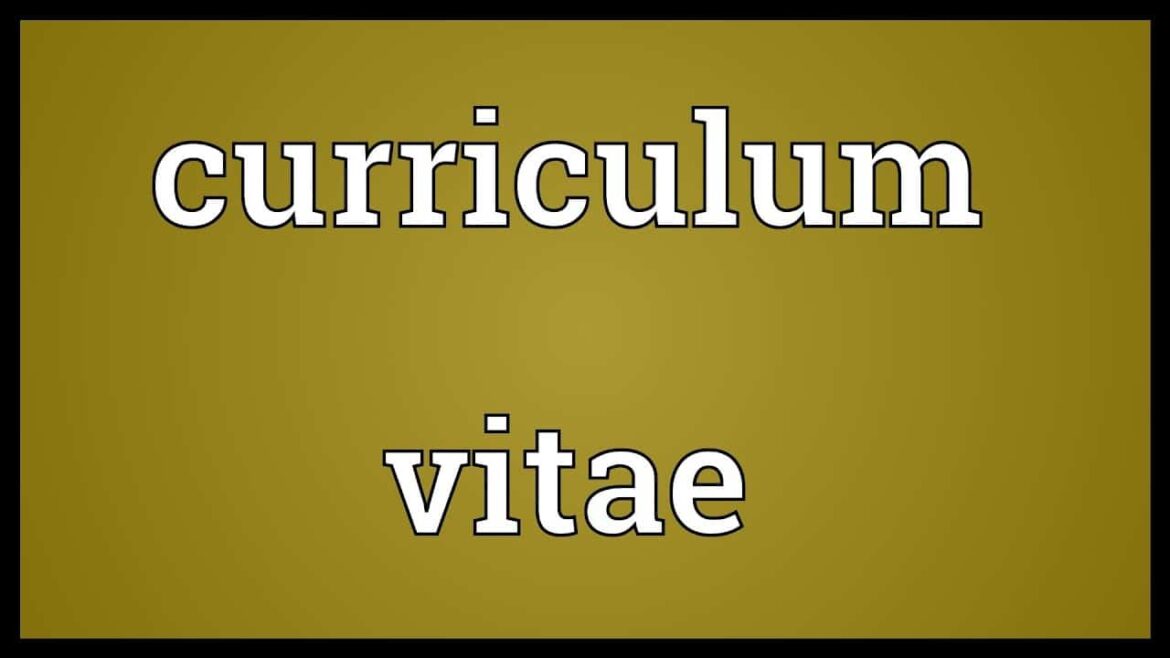1.1K
When applying for a job, a lot of importance is attached to the CV. In this article, we explain how to structure your CV correctly.
Building your CV – the right way
When you have found a vacancy, the CV must be as error-free and informative as possible in order to have a good chance of getting the job:
- The first bullet point is the heading. Use either your own name or “CV”. Make sure the heading is flush with other headings across pages.
- This is followed by the name, address, date of birth, email address and telephone number. Information such as place of birth and marital status, on the other hand, is no longer common and is optional. Nationality may be indicated if it is relevant.
- An application photo is also no longer mandatory unless explicitly requested. If you want to attach a photo, make sure it is of good quality. Attach the photo to the right of the personal details.
- The next point is your level of education or “training”. School-leaving qualifications, apprenticeships or courses of study taken belong in this section.
- The next item is “Work experience”. This includes your last employer, internships, educational trips or part-time jobs.
- The sections “Education” and “Work experience” should cover your previous professional life without gaps.
- The last important point is “Skills”. There you can state what skills you have that have not yet been mentioned. For example, list foreign language skills, further education or other talents that qualify you for the job offered.
- Finally place the place and date in the bottom right corner and sign the CV.
Important: Optional information in the CV
In addition to the items described, there are others you can specify:
- Hobbies and interests are often mentioned in the CV, but are only appropriate to a limited extent. Only mention this item if your hobbies/interests are directly related to your profession.
- (Social) engagement away from your job can also be beneficial. If you do voluntary work, for example, make a note of this in your CV.
- Depending on your profession, you can also list references: For example, projects that are similar to your profession and that show your employer that you have already gained experience.

